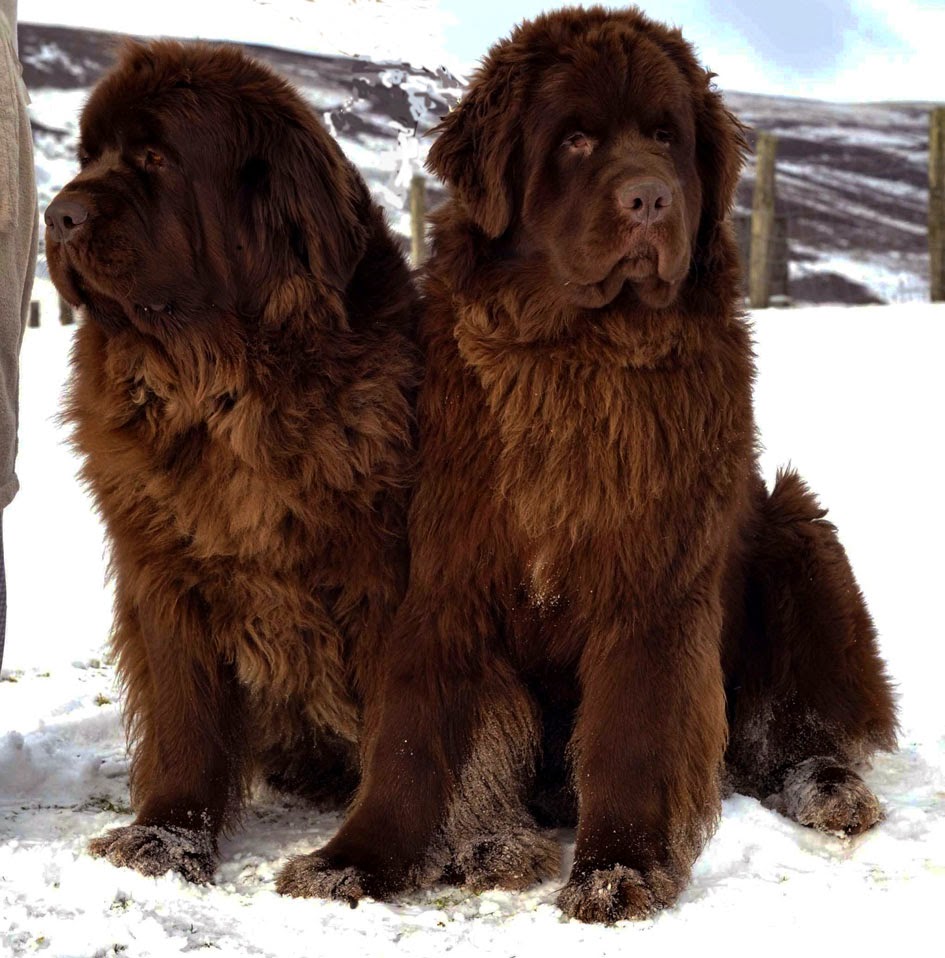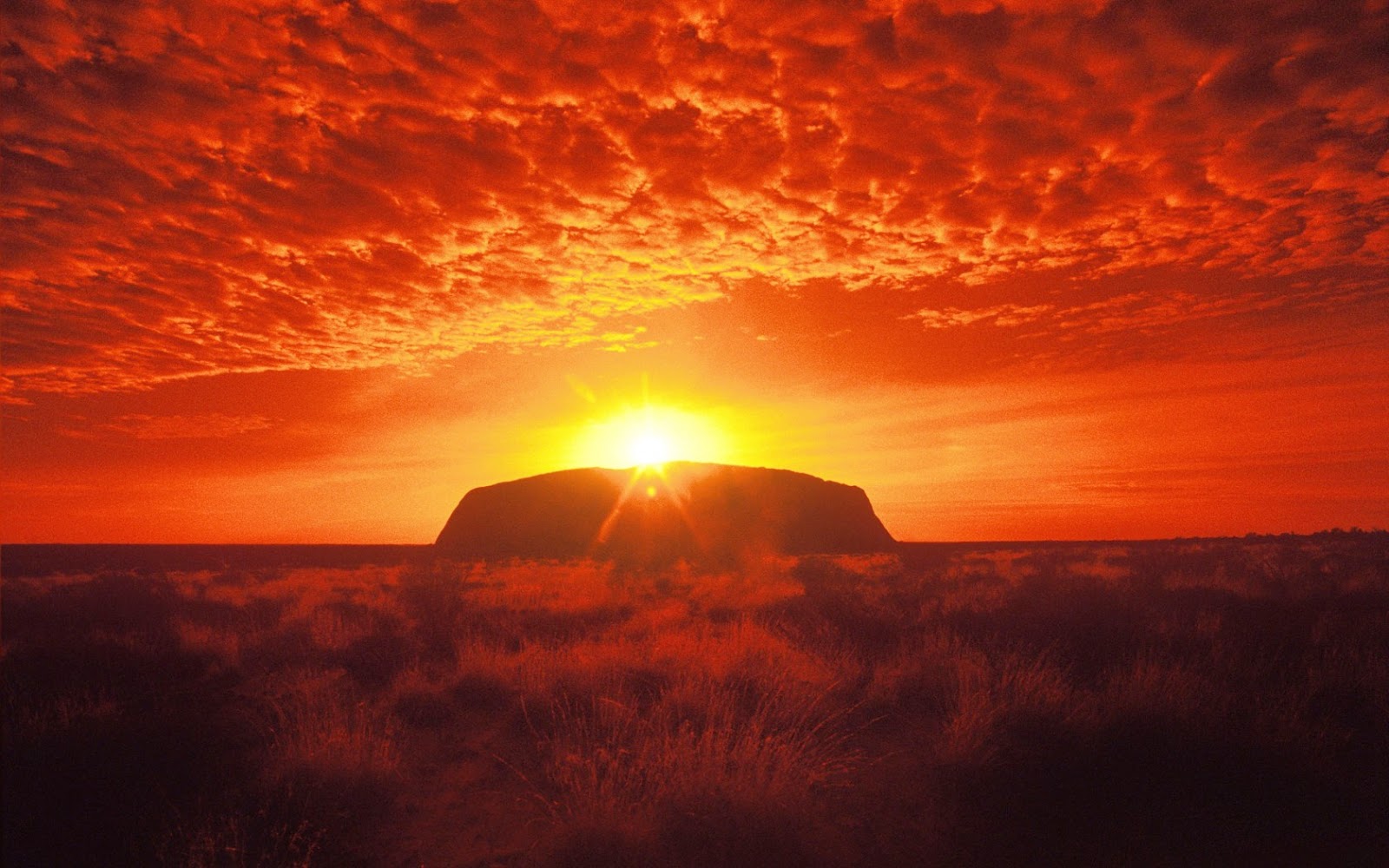This year the Anthropology of Storytelling panel invited creative contributions that explored the capacity of storytelling within anthropology and other disciplines.


Mihirini Sirisena (University of Edinburgh) read A Love Letter. At first as I listened I wondered is this research or a personal letter? In the end I became lost in the story, a woman in India begins a relationship with a man at college and now doubts the relationship, the unfolding of her version of the story in letter form was inspired through research interviews. I felt that this letter in particular enabled the reader or listener to question their own relationships as it drew to its inevitable conclusion. For when the letter ends we are left wondering if anything was resolved between the woman and her boyfriend, and if they are still together? And of the new beginnings and ending of our own lives.
Once upon a time… a story of ethnographic exploration

Juliet Rayment (City University London) told a story invented by visiting storytellers and children from the Isle of Jura about deer and whiskey production. Which Juliet then cleverly linked to midwifery research in order to explain how the perception of the other in the workplace, the stories shared about the other, shapes work practices.
This story is revealed through David’s paper to be a made up event, a comic tale, the film referred to in the story remains untraced, but the comic twist in the story making fun of the ‘white fella’ is a commentary about the tensions between aboriginal belief and education.


0 Comments